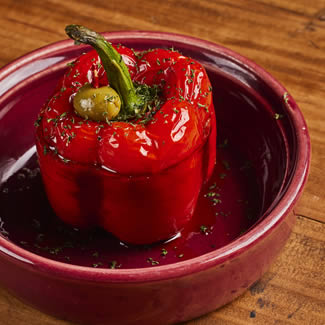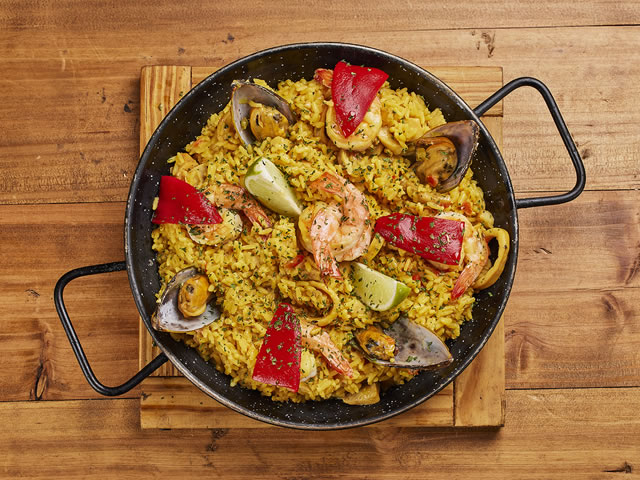At El Pimiento Restaurant, every dish we serve is a tribute to the rich culinary traditions of Spain. But have you ever wondered why peppers (pimientos) are such an essential ingredient in Spanish cooking? Today, we’re diving into the flavorful history behind our name.
🌶️ From the New World to the Old
Although peppers feel like a staple of traditional Spanish cuisine, their journey actually began across the ocean. They were brought to Europe from the Americas by Spanish explorers in the late 15th century, during the Age of Discovery. Once in Spain, they quickly became a beloved part of the local diet.
🧂 A Flavor Revolution
Peppers introduced a spectrum of flavors—sweet, smoky, and spicy—that transformed classic European dishes. In Spain, they found their way into iconic recipes like pulpo a la gallega, patatas bravas, pisto manchego, and chorizo, which owes its signature taste and color to pimentón, the smoked paprika made from dried peppers.
🫑 More Than Just an Ingredient
In Spain, the pepper is more than a flavorful addition—it’s a symbol of cultural fusion, culinary evolution, and a deep love of food. Its versatility has earned it a place in both rustic kitchens and Michelin-starred restaurants.
🍴 At El Pimiento Restaurant, It’s a Tribute
Our name is no coincidence. At El Pimiento Restaurant, we pay homage to this essential ingredient with a menu that showcases its many forms—from our piquillo pepper tapas to dishes infused with rich, smoky pimentón that elevate each bite.
Come experience how one small fruit carries such a rich and flavorful legacy.
Because at El Pimiento Restaurant, taste has roots—and roots have taste.





